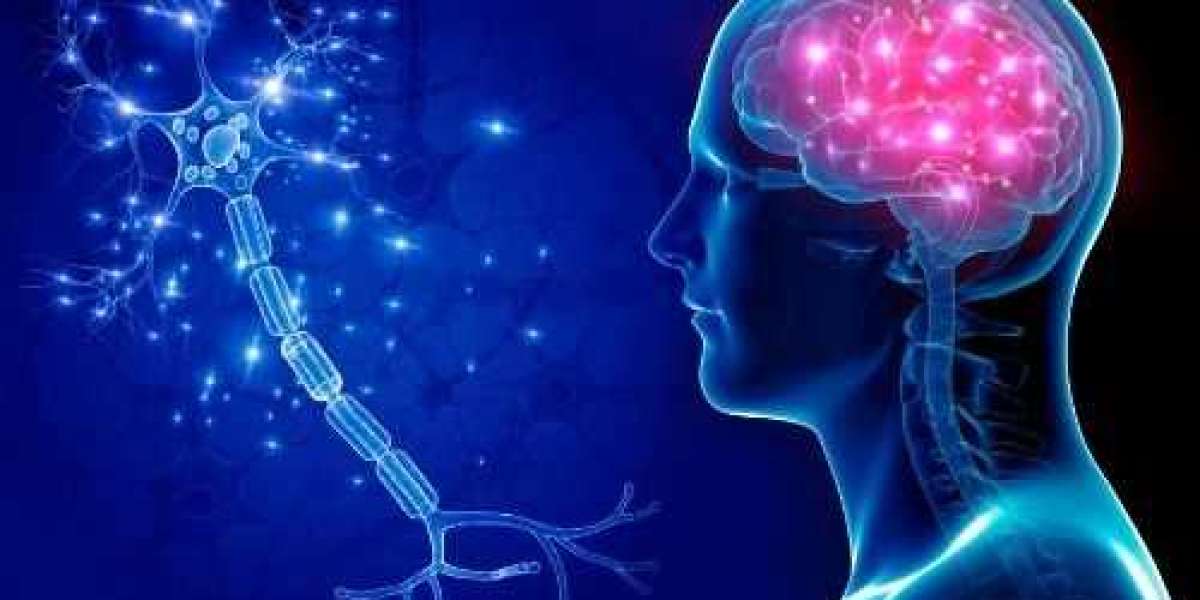An unavoidable aspect of being human, pain frequently makes an unwanted appearance in our day-to-day activities. A paper cut's sting, a throbbing headache, or a persistent backache are examples of pain that can vary from minor discomfort to excruciating anguish. On the other hand, knowing the causes underlying pain and developing useful coping strategies can greatly improve our quality of life. Together, we will explore the complex science of pain and learn effective methods for releasing its grip.
The Structure of Pain:
Pain is a complicated interaction of physiological and psychological elements rather than just a sensation. The complex network that is in charge of sending signals throughout the body is the nervous system. Specialized nerve cells known as nociceptors activate in response to tissue damage or injury, identifying potentially dangerous stimuli like heat, pressure, or chemicals. The brain, which perceives pain, receives electrical impulses from these nociceptors after traveling through nerve fibers to the spinal cord.
Pain Types:
Different categories can be used to categorize pain according to its features, origin, and duration. Acute pain, which is usually brief and brought on by particular diseases or traumas, acts as a warning signal to keep the body safe from additional damage. On the other hand, chronic pain lasts longer than acute pain, frequently outlasting its original cause and impacting both mental and physical health. It is essential to distinguish between acute and chronic pain in order to customize effective treatment plans.
The Theory of Gate Control:
The Gate Control Theory, first out by Ronald Melzack and Patrick Wall in 1965, completely changed our knowledge of how pain is perceived. This theory states that a neural "gate" in the spinal cord modulates pain signals by either amplifying or attenuating the passage of pain impulses. This gate opens and closes in response to a variety of factors, including emotions, attention, and past experiences. This illustrates the complex interplay between the mind and body in pain control.
Neurotransmitters' Function:
The nervous system's chemical messengers, or neurotransmitters, are essential for controlling pain. Known as the body's own analgesics, endorphins attach to opioid receptors in the brain and spinal cord to produce analgesic effects and enhance sensations of wellbeing. Similar to this, by altering the brain circuits involved in pain processing, serotonin and norepinephrine aid in mood regulation and pain relief. Gaining knowledge about the function of neurotransmitters can help with the development of pharmaceutical pain management strategies.
Holistic Methods of Treating Pain:
Although drugs are essential for managing pain, holistic methods provide other ways to reduce suffering and enhance general health. Physical treatments that target muscle tension and encourage relaxation, such as massage, acupuncture, and chiropractic adjustments, lessen the experience of pain. Psychological therapies, such as mindfulness-based stress reduction and cognitive-behavioral therapy, provide people with coping strategies to manage the emotional difficulties that come with chronic pain. By including these all-encompassing methods into treatment regimens, people are given the opportunity to actively participate in their pain management and quality of life enhancement.
The Influence of Lifestyle Adjustments
Modest lifestyle changes can have a significant impact on how pain is perceived and managed. Frequent physical activity, like yoga, walking, or swimming, strengthens muscles and produces endorphins, which increase pain tolerance. Restoring the body's natural healing processes and controlling pain sensitivity depend on getting enough sleep. Chronic pain issues can be reduced by inflammation and treated with a balanced diet full of foods high in omega-3 fatty acids, fruits, and vegetables, and other anti-inflammatory nutrients. People can reduce the impact of pain in their daily lives and promote long-term well-being by embracing healthy lifestyle practices.
Developing Technologies for Pain Management:
New methods of treating pain have been made possible by technological advancements. Low-voltage electrical currents are applied to nerve fibers via transcutaneous electrical nerve stimulation (TENS) devices, which interfere with pain impulses and produce momentary relief. By immersing patients in immersive worlds, virtual reality (VR) therapy helps patients relax and become less aware of their discomfort. In a similar vein, wearables with biofeedback sensors give people the ability to recover control over their symptoms by monitoring and controlling their bodies' reactions to discomfort. The field of pain management is set to see significant change as a result of the ongoing advancements in technology, providing opportunities for improved alleviation and healing.
In summary:
Even though pain is unavoidable, it doesn't have to control how our lives unfold. We may take back control of our well-being and develop resilience in the face of hardship by learning more about the complex science of pain and investigating various pain management techniques. A diverse approach to pain management holds the key to unlocking a better, pain-free future, from holistic approaches to emerging technologies. Let us approach this path of navigating the complexity of pain with inquiry, compassion, and a firm resolve to lessen suffering and encourage healing.



